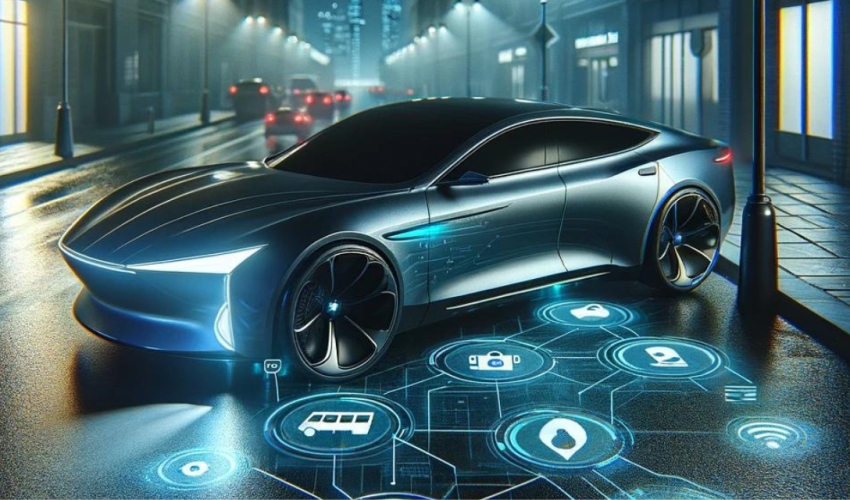In my 34 years working with emerging tech, I’ve seen the breathtaking pace at which this technology has evolved and integrated into every aspect of our lives. Today, I want to share my insights on a topic that merges my background with a critical aspect of our everyday lives: the technology in our cars. As a technology visionary, my focus is not just on how these innovations work, but on their broader implications—especially when it comes to our privacy and national security.
The Digital Revolution on Wheels
Modern vehicles are more than just machines; they’re complex computers on wheels. They’re equipped with a host of advanced technologies, including internal and external cameras, microphones, lidar, and radar. These aren’t just fancy additions—they are essential for features like automatic braking, lane keeping, and other forms of assisted driving that enhance safety.
However, with these innovations, there are significant privacy concerns that aren’t always apparent at first glance. Let’s delve into these technologies and understand the potential risks associated with them.
Cameras and Microphones: Eyes and Ears on the Road
Consider the cameras in your car. Typically, modern vehicles have multiple cameras providing 360-degree coverage around the vehicle. These are crucial for parking assistance, blind-spot monitoring, and the increasingly popular dash-cam functionality for recording incidents. But have you ever wondered where this footage goes? Who else could be watching? These cameras, coupled with microphones that can pick up sound from inside and outside the vehicle, could potentially turn any car into a mobile surveillance unit.
For instance, if these devices were accessed remotely without your knowledge, they could be used to monitor your movements and conversations. There have been instances where security researchers demonstrated how easily some car cameras and microphones could be hacked due to insufficient security measures.
Lidar and Radar: More Than Meets the Eye
Moving beyond what we can see and hear, let’s talk about lidar and radar—technologies that enable a car to detect its surroundings and make split-second decisions. Lidar uses laser light to create a detailed 3D map of the environment, while radar uses radio waves to detect objects and calculate their speed and distance. These technologies are the backbone of the self-driving features that are becoming standard in new models.
But here’s a thought—what if the detailed data collected by these systems were intercepted? In theory, this data could provide a third party with precise information about where you are, where you’ve been, and even your driving habits.
Addressing the Risks
Understanding these risks is the first step toward mitigating them. As consumers, it’s crucial to be aware of the technology we’re bringing into our lives. Manufacturers must prioritize security features in their designs to protect against unauthorized access and data breaches. Additionally, there should be clear and transparent policies about how data collected by vehicle technologies is used and shared.
As we continue to embrace these advanced technologies in our vehicles, we must also advocate for stronger privacy protections and better security measures. The road ahead is exciting but navigating it safely requires awareness and preparedness.
This blog post is first in a series that will delve into the technological landscape of modern automobiles. In the next posts, we’ll explore specific vulnerabilities and discuss how we can better protect ourselves and our data.
